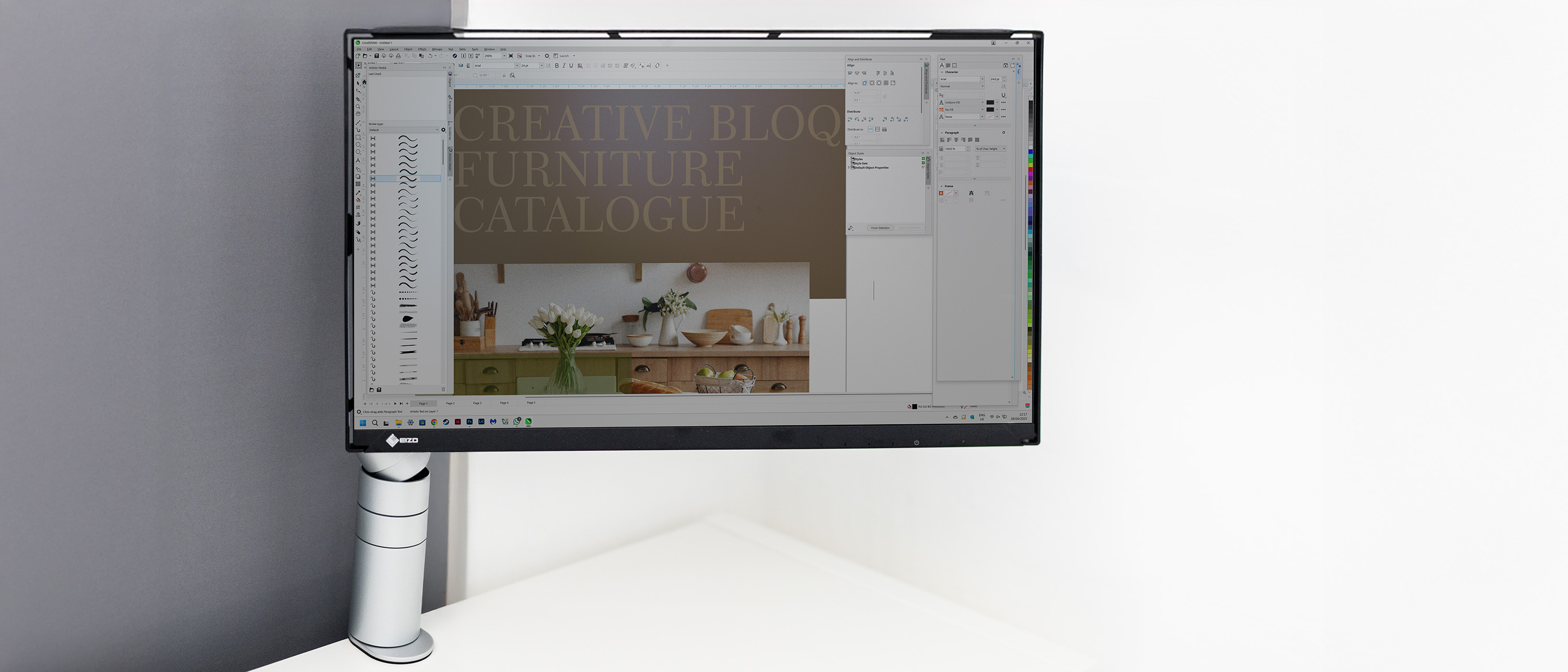"We’ve been making video for social since before social was a thing": a day in the life of Pete Gibbons
Formidable's co-founder discusses his career journey and the evolving landscape of social media.
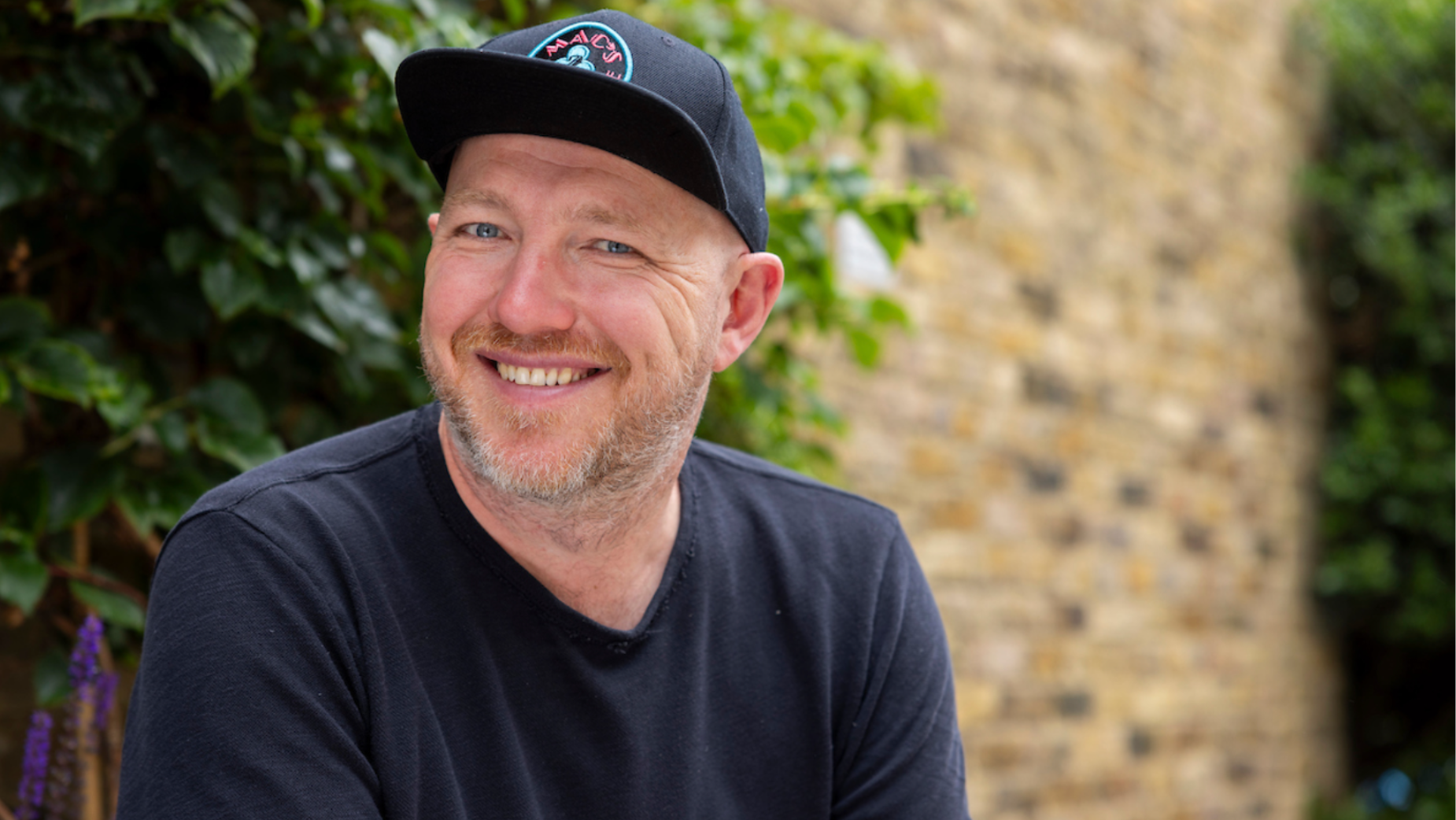
Pete Gibbons is the co-founder of creative agency Formidable, a social-first company combining the mindsets of advertising, PR, and entertainment. Beginning his career at the BBC, Pete soon developed an interest in creating video content, capitalising on the early emergence of YouTube and social media.
With the help of Formidable's team of creative specialists, Pete has gone on to develop immersive brand campaigns for the likes of Amazon, LEGO, Team GB and David Beckham. As part of our Day in the Life series, I caught up with Pete to discuss his early career, his favourite creative tools and the evolving landscape of social media.
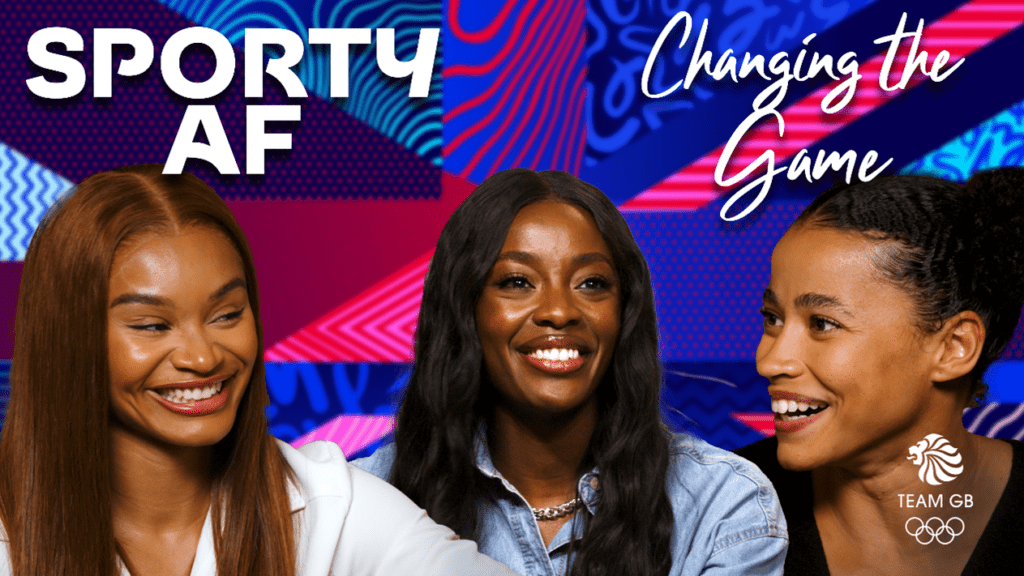
Walk me through a typical day in your role
It’s tricky to define because every day is different, it fluctuates quite a lot due to the nature of the work we do. There’s lots of checking in with the team every day, making sure everyone feels supported and troubleshooting any challenges that come up. And that’s balanced by the fun project stuff, whether that’s working out how we’re going to attack a challenge set by a new brief, or getting into the weeds of a project and working with the team to develop an idea.
we’ve been making video for social since before social was a thing.
Mainly it’s about being available and on hand to help the process where needed, sometimes that means getting into the details and other times not, either way it just lots of communication, which is actually quite nice. Since we brought our Creative Director on board, it took me a while to re-discover my role as founder and work out what that means for me, but I feel like we’ve found our rhythm now.
I’m often out on shoots, being available as a sounding board for the creative team or the directors we're working with, and sometimes directing myself. We did an activation recently for Disney’s launch of Mufasa, where we built Pride Rock next to Tower Bridge and created content around it for 48 hours and I was pretty hands-on with that. But I direct less now than I ever have, as a lot of my focus is spent on developing new business, getting out there meeting people and talking about potential new projects.
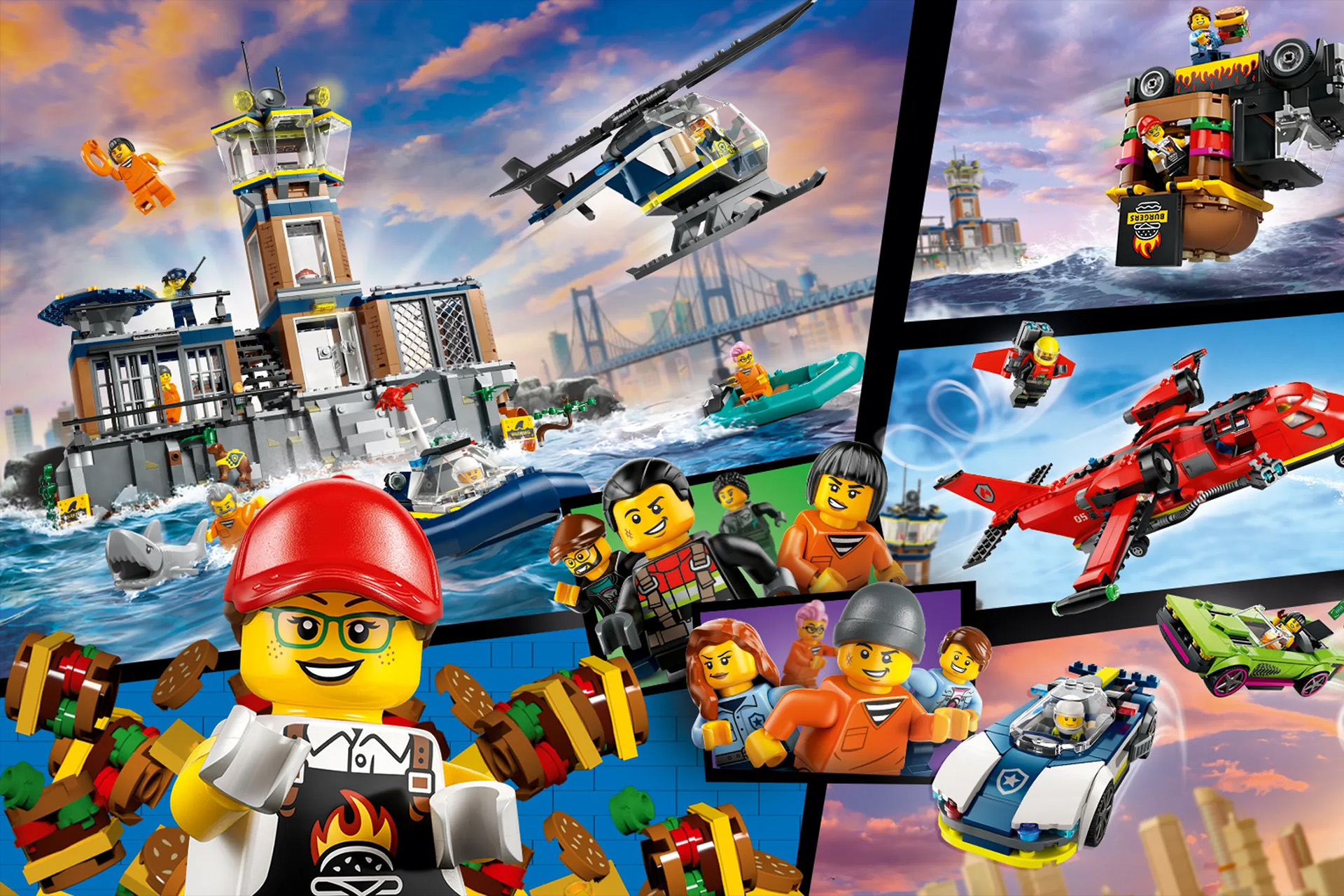
What was your early career like?
I started at the BBC and am a total Nepo kid. I'm much more comfortable with it now, because since realizing this, I've done my fair share of helping others along the way that didn’t have the benefits I had.
My dad ran a BBC radio station when we were kids and I’d go with him on the school holidays and really enjoyed it. Then a small junior position on the sports show came up and I went for it and was getting paid about £6 per week. I was 13 and just answering the phones, making teas, helping out wherever I could. I worked my way up from there and instead of going to university, I went and got a job in radio at BBC Manchester and then came to London to work at 5Live, and then the BBC.
I actually bought a pub in 2004; it didn’t go so well, as I enjoyed owning the pub too much and my career started to stall. I had launched a production company and a pub on the same day, and it wasn’t until the pub was gone that the company really took off. That’s when I got into making video content, which was quite late in the day as I was already in my 20s by the time I got there. I didn’t want to make TV because at the time I thought it was boring, so I started making videos for websites in same year that YouTube launched and ended up migrating towards social and new platforms, versus the more traditional channels. That’s why I say that we’ve been making video for social since before social was a thing.
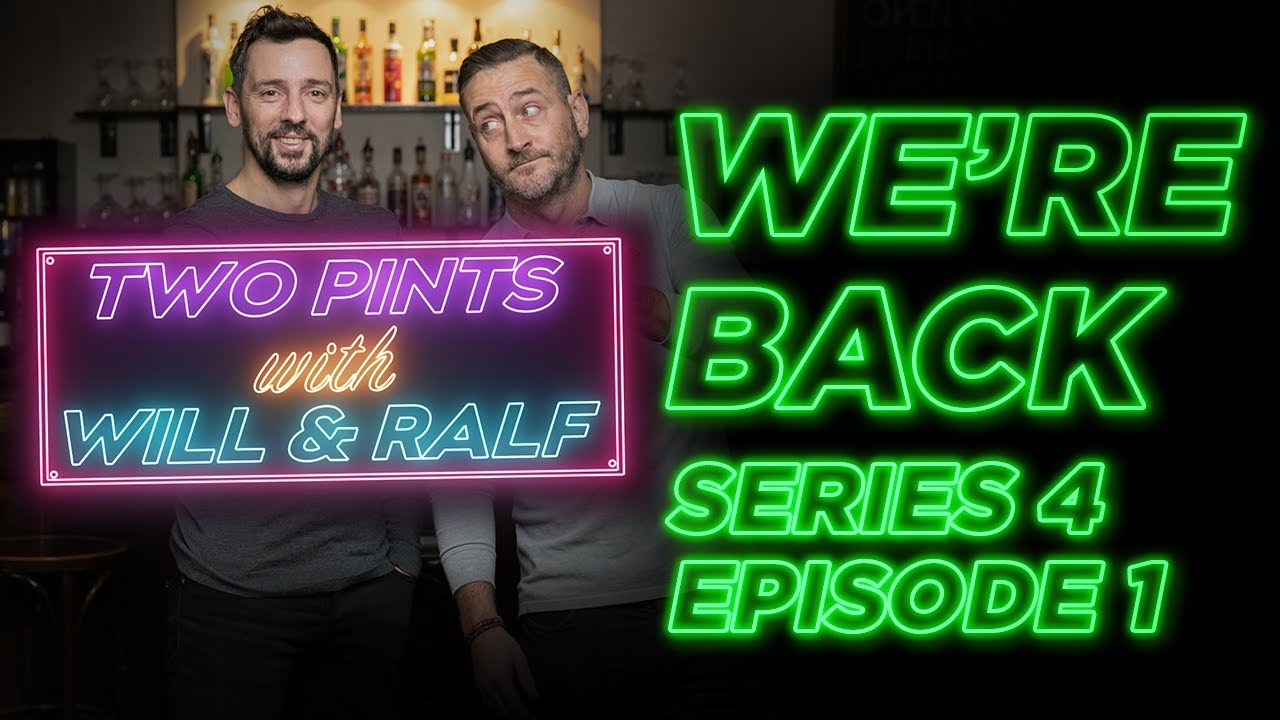
How has content creation changed since the early days of YouTube?
I think some of it has stayed the same; the core principles remain because they work. You still had vlogs and gaming videos in the early days of YouTube and they’re not massively different now, just a bit more technically advanced.
When influencers like KSI were at 200,000 subs and just playing FIFA, the content still had its place and there was an audience for it. If you look at Speed now, he’s just won an award for being the biggest streamer and a lot of what he does is similar to what KSI was doing years ago – playing games and sharing and overreacting to things that went wrong. The difference is that with all these huge creators like Dude Perfect and MrBeast, there's so much more money in some of the channels that production levels can go through the roof.
At its core, YouTube is still about making engaging content for people
We also have so much more variety now than when YouTube first started; cameras became more affordable which helped to democratize filmmaking and suddenly you didn’t need expensive TV budgets to shoot and edit videos. The launch of Apple’s Final Cut really moved things along, and now everybody carries a smartphone that’s basically a better camera than some of the ones we’d use to shoot in the early days.
Creators have just gotten better over time because the process has simplified; tools like CapCut and platforms like TikTok make it much easier for people to make good things, so the bar goes up as the barrier to entry comes down. When YouTube started out, you had to know what you were doing in order to make something interesting, then all these kids who didn’t have experience uploaded their content anyway and ended up learning on the job.
If you look at all of them now, they’re making much better content than when they first joined, as they’ve made it their career and surrounded themselves with editors and teams in order to level up their output. But ultimately, the overall style hasn’t changed that much, just the quality of the production. Sure, things have evolved, but at its core, YouTube is still about making engaging content for people.
Get the Creative Bloq Newsletter
Daily design news, reviews, how-tos and more, as picked by the editors.
Tell me about a tricky work related challenge and how you approached it?
Every time we're briefed on a project, it comes with a challenge. There’s always the speed vs quality vs budget challenge, where you can only pick 2 out of 3 – like if the work needs to be delivered quickly and must be high quality, but there’s very little budget. Those 3 factors tend to be the greatest challenge but aren’t insurmountable.
We enjoy getting stuck into a problem, working out a potential solution and coming up with ideas that others might not have thought of. Whether that’s helping a brand to re-engage an audience that’s lost interest, find a fresh tone of voice, or tell a story in a way that gets people engaging with it on social media. That’s the kind of mental stimulation we love and it’s why we do what we do.
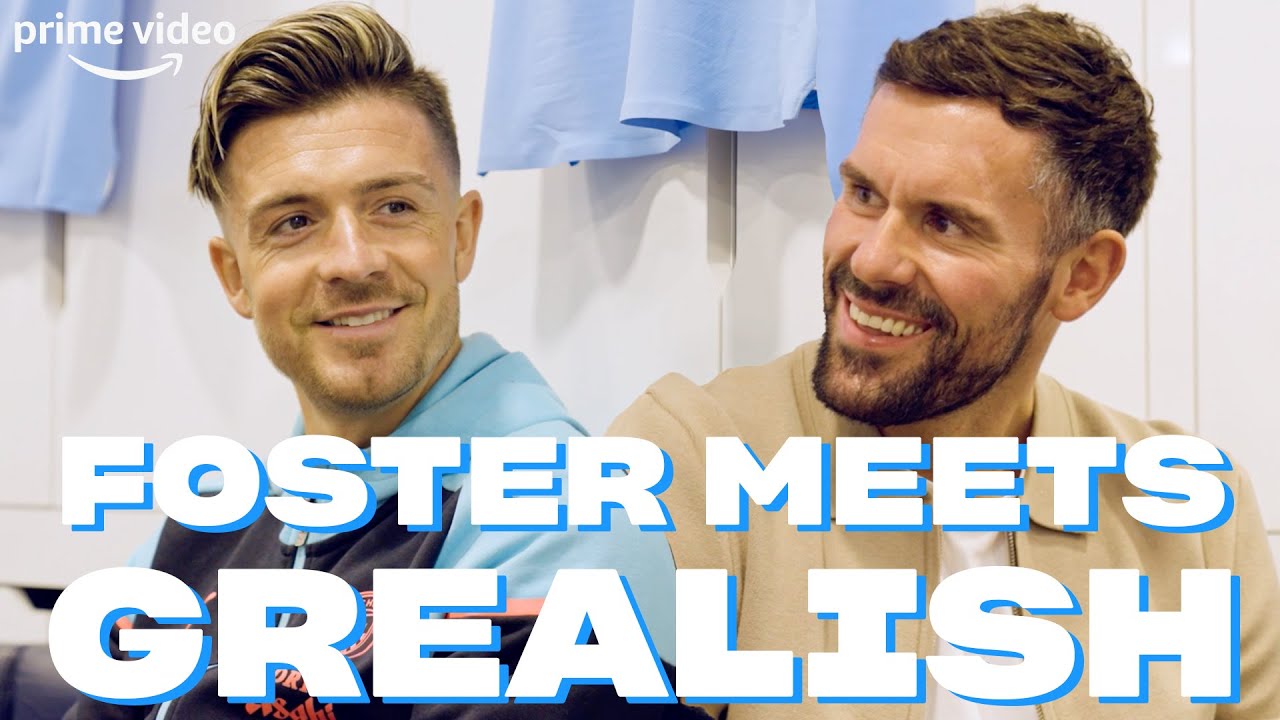
You've previously said "One of the best ways to learn is to fail." Could you expand on that?
There will be times when you’ve not quite got something right, or you’ve properly tried and failed. I think I’ve said it before, if you’ve not had any failures then you’re not pushing yourself far enough to make any mistakes. It humbles you, but it helps you to learn what not to do next time and also start to understand when to listen to your gut. Failure is a part of growth isn’t it? And it’s really important to go through it because then you don’t want to experience it again.
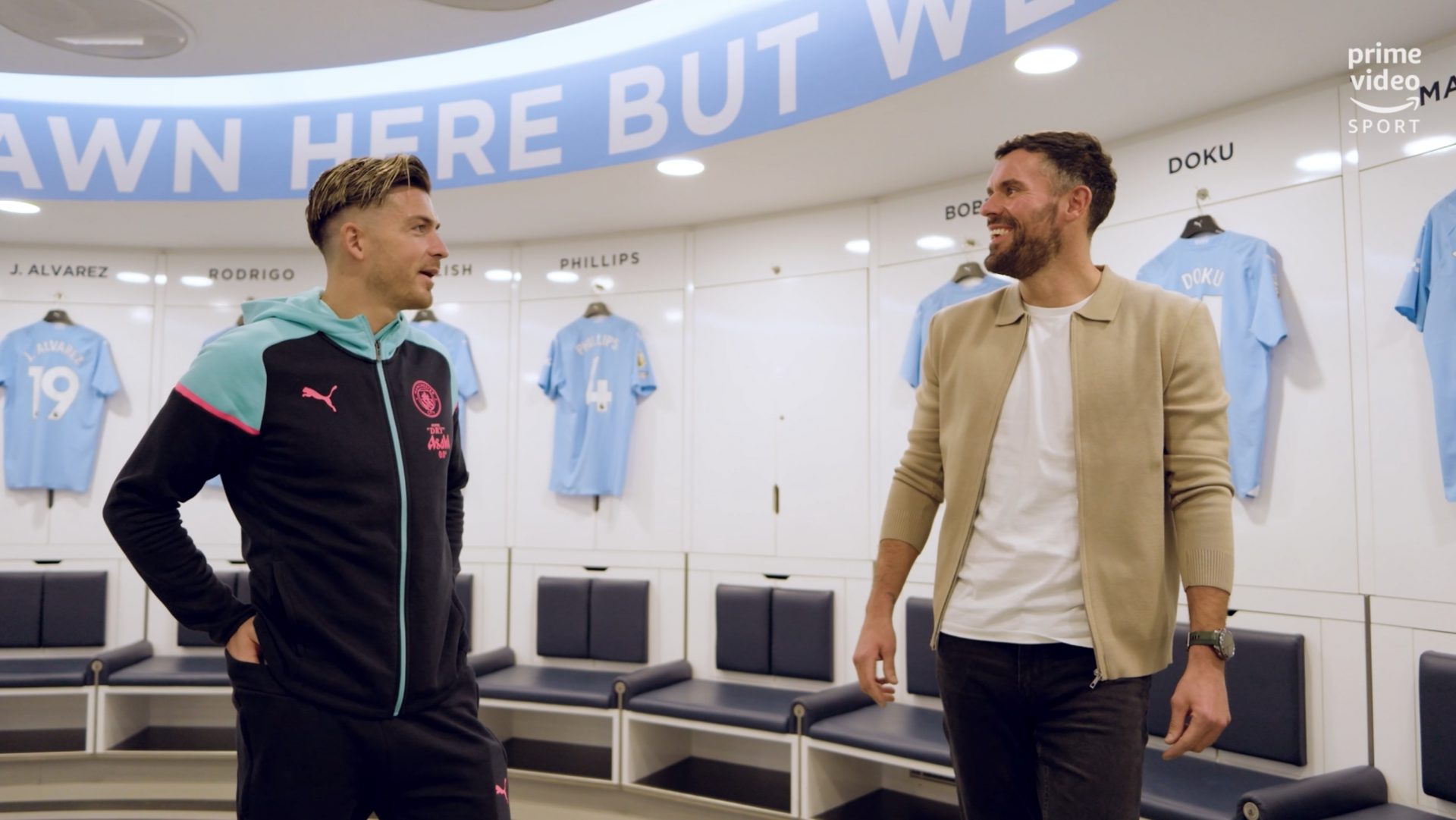
What project you're most proud of and why?
I don’t think I can pick a project because that’s a bit like picking your favourite child, but what I’m most proud of is what we’ve achieved over the last 10 years at Formidable. Over that time we’ve really developed and been able to work on so many interesting things. We’ve grown a team and seen people go from being fresh out of film school to running projects like clockwork and briefing an 80-strong crew, which is really cool.
When I meet young talent, I make a habit of bringing them along for the ride. One of my favourite things to do is build an environment where they can grow and thrive, and then watch them turn into amazing producers, directors, or whatever their chosen field is. So I’m really proud of that, as well as the fact that we’re still going strong 10 years later.
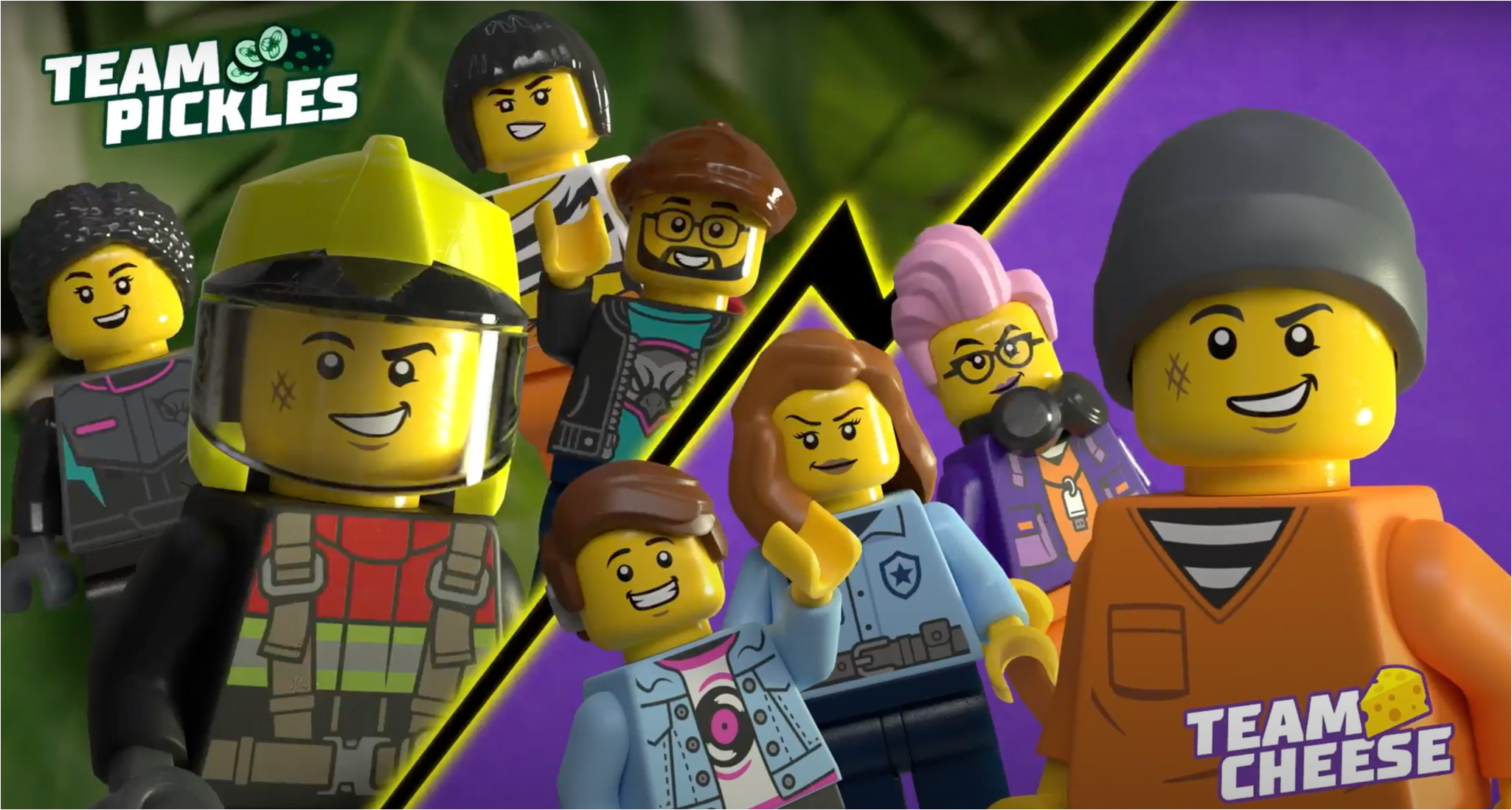
What's your dream project/client?
I think the partners we already work with are a dream. We love working with the LEGO Group, the teams at Disney and Amazon are amazing, and we’ve been lucky enough to work with David Beckham’s team for 5 years now. Had you told me that when we started Formidable, we would be working with the type of human beings and brands we’ve been able to collaborate with, I’d have snapped your hands off for it.
Of course, there are always bigger opportunities – we’d love to work with someone like the NBA for example. But ultimately for us, it’s about working with a diverse bunch of brands and really good people.
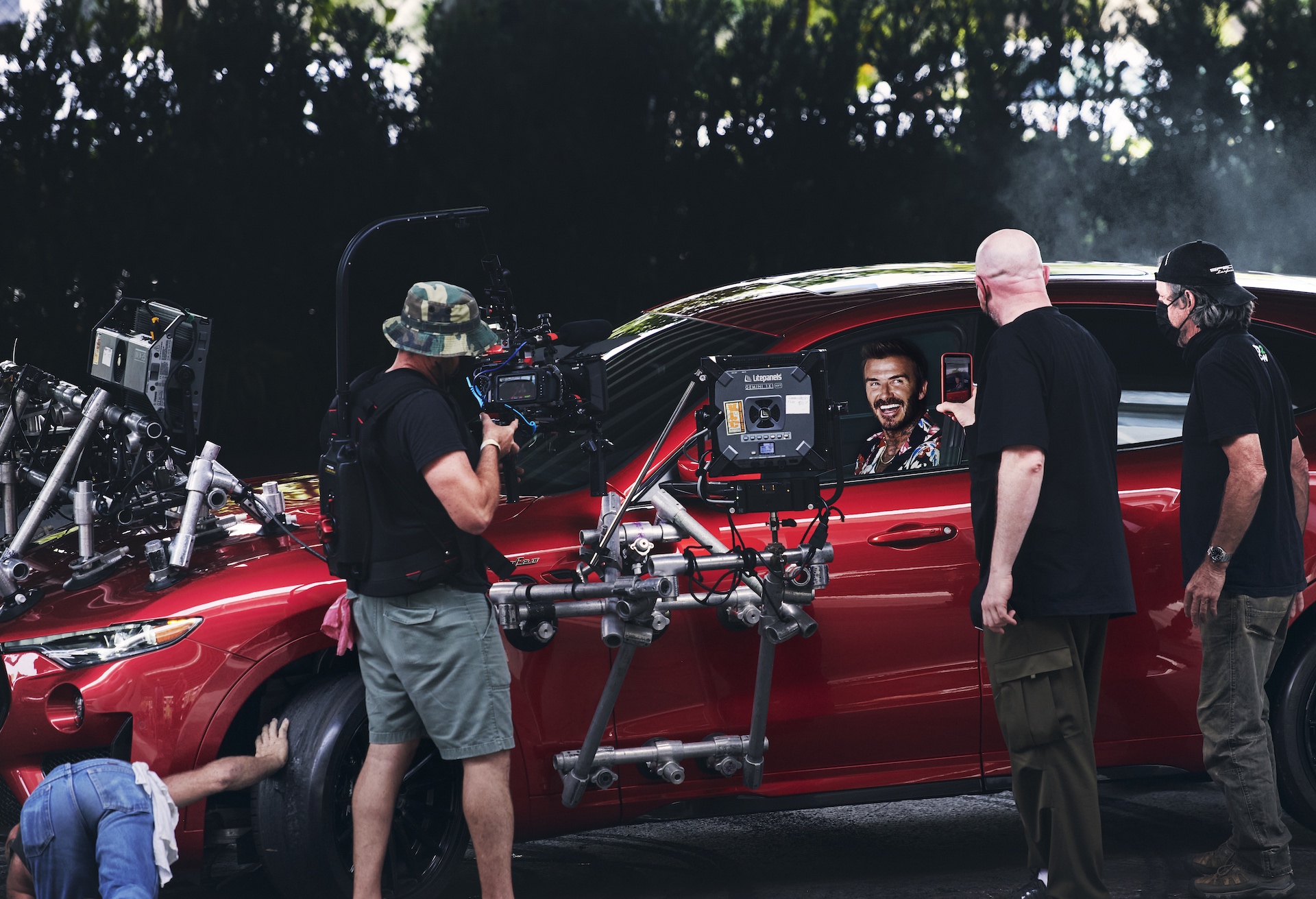
What are your favourite tools?
I quite like Canva, which we use a lot for creating presentations, and obviously CapCut. I’m a big advocate for continuing to learn and staying across what the content creators on the street are using. So I’m usually a fan of any new system, tool, or plug-in that pops up and will be on the case with our editors to try it out. We might not end up using it, but it’s great to test and learn with these things. And then the obvious go-to is the whole Adobe Suite, including Premiere and After Effects, I think we’d all be in trouble without them.
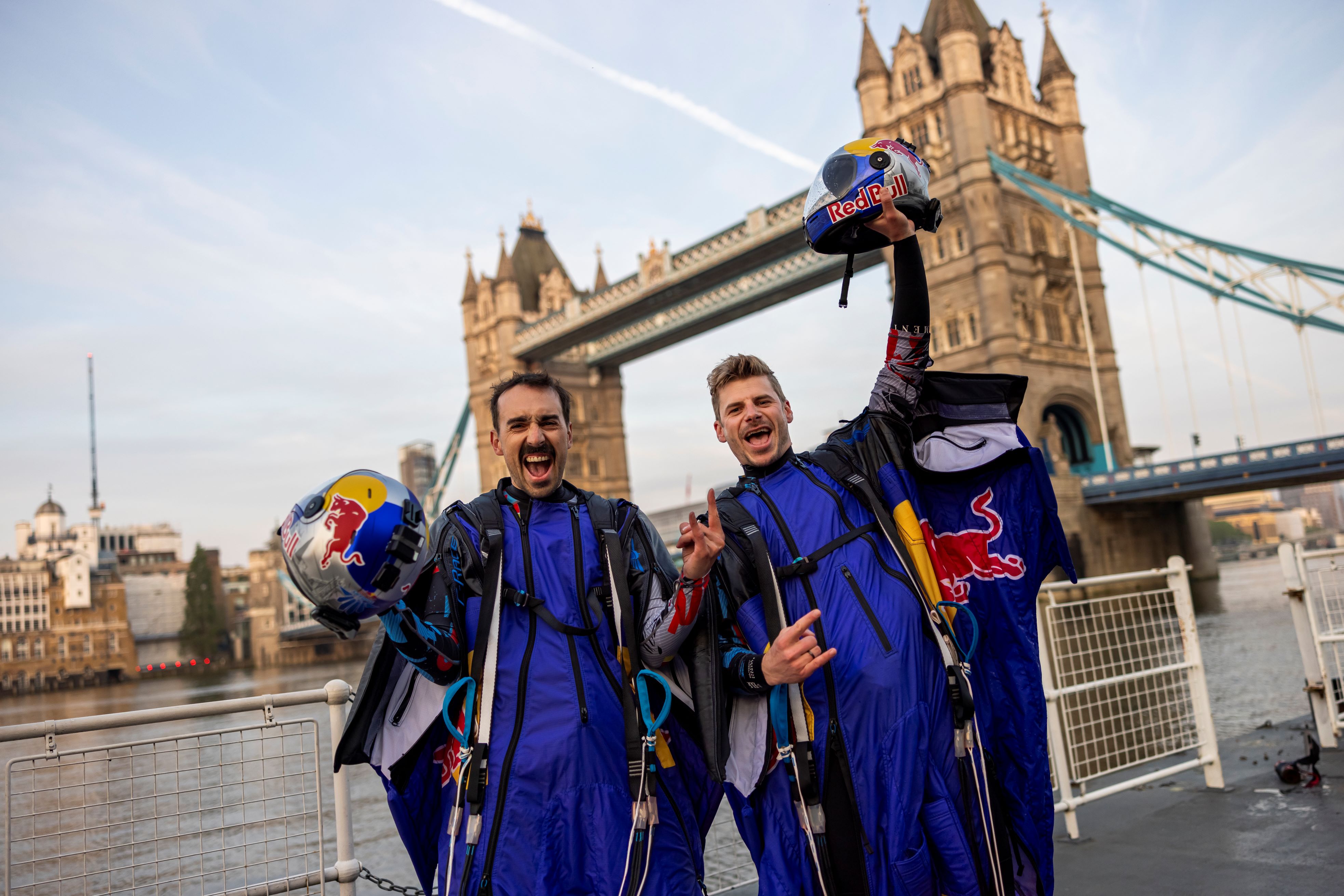
What's one thing you wished more people understood about your industry?
People really need to understand how hard everybody works. There was a period where I felt that because I was working in a glamorous industry, I should be happy to have this job and just suck it up and do the hours. But now I’ve gotten a bit older, I’ve gained more perspective.
There are certain roles that require really hard physical work and it can be quite intense, for example on film sets, or places where you’re working for long periods with little downtime for the duration of the shoot. It might not be traditional physical labour, but it’s still extremely full-on and that should be recognised. I sound like a snowflake saying ‘oh it’s hard work’, but it kind of is.
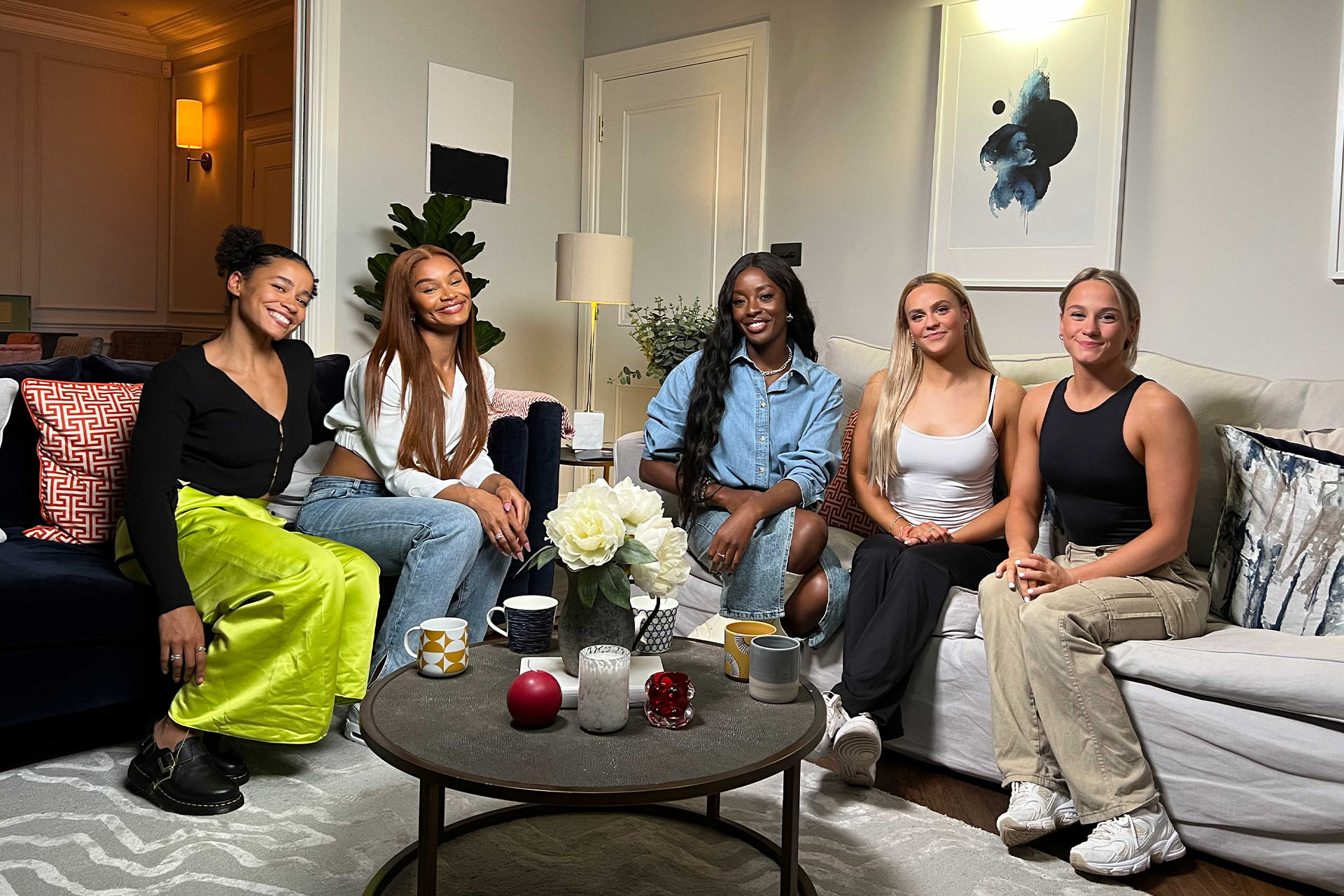
What do you think the industry needs to improve?
I think we're in an era where it’s trying to improve, and overall people are doing a good job. It’s an industry that everyone chooses to be in and it can be glamorous in some ways, but the hours are long and the work can be tough, which is why we work really hard on prioritising a good work-life balance where we can.
It feels like the industry is making headways with representation, it’s been a bit of a men's playground for a long time and things have certainly improved now, but we can probably still do better. We certainly try and make sure that we give those who don’t necessarily come from a privileged background a chance; we’ve used services like Creative Access to hire people in the past as we’d much rather work with great talent, regardless of their background or gender, but we’re always trying to be better every day.

Thank you for reading 5 articles this month* Join now for unlimited access
Enjoy your first month for just £1 / $1 / €1
*Read 5 free articles per month without a subscription

Join now for unlimited access
Try first month for just £1 / $1 / €1
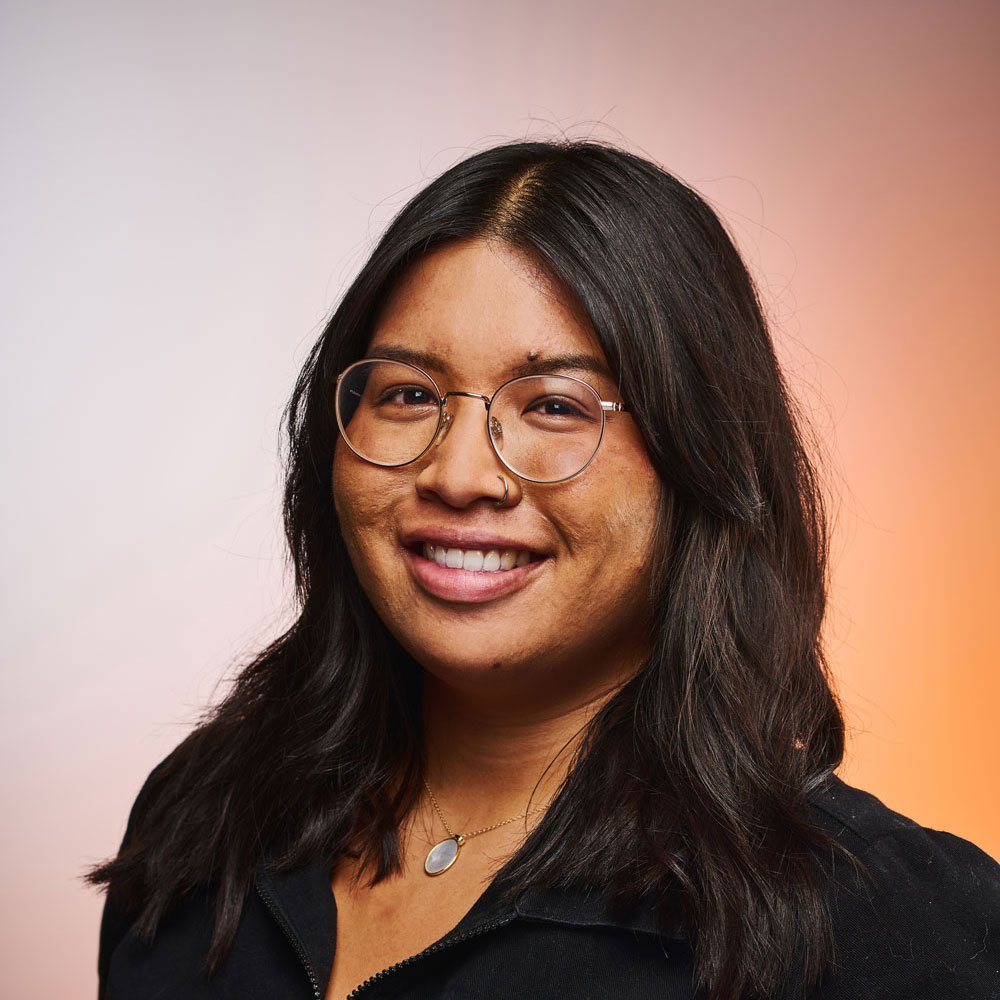
Natalie Fear is Creative Bloq's staff writer. With an eye for trending topics and a passion for internet culture, she brings you the latest in art and design news. Natalie also runs Creative Bloq’s Day in the Life series, spotlighting diverse talent across the creative industries. Outside of work, she loves all things literature and music (although she’s partial to a spot of TikTok brain rot).
You must confirm your public display name before commenting
Please logout and then login again, you will then be prompted to enter your display name.
